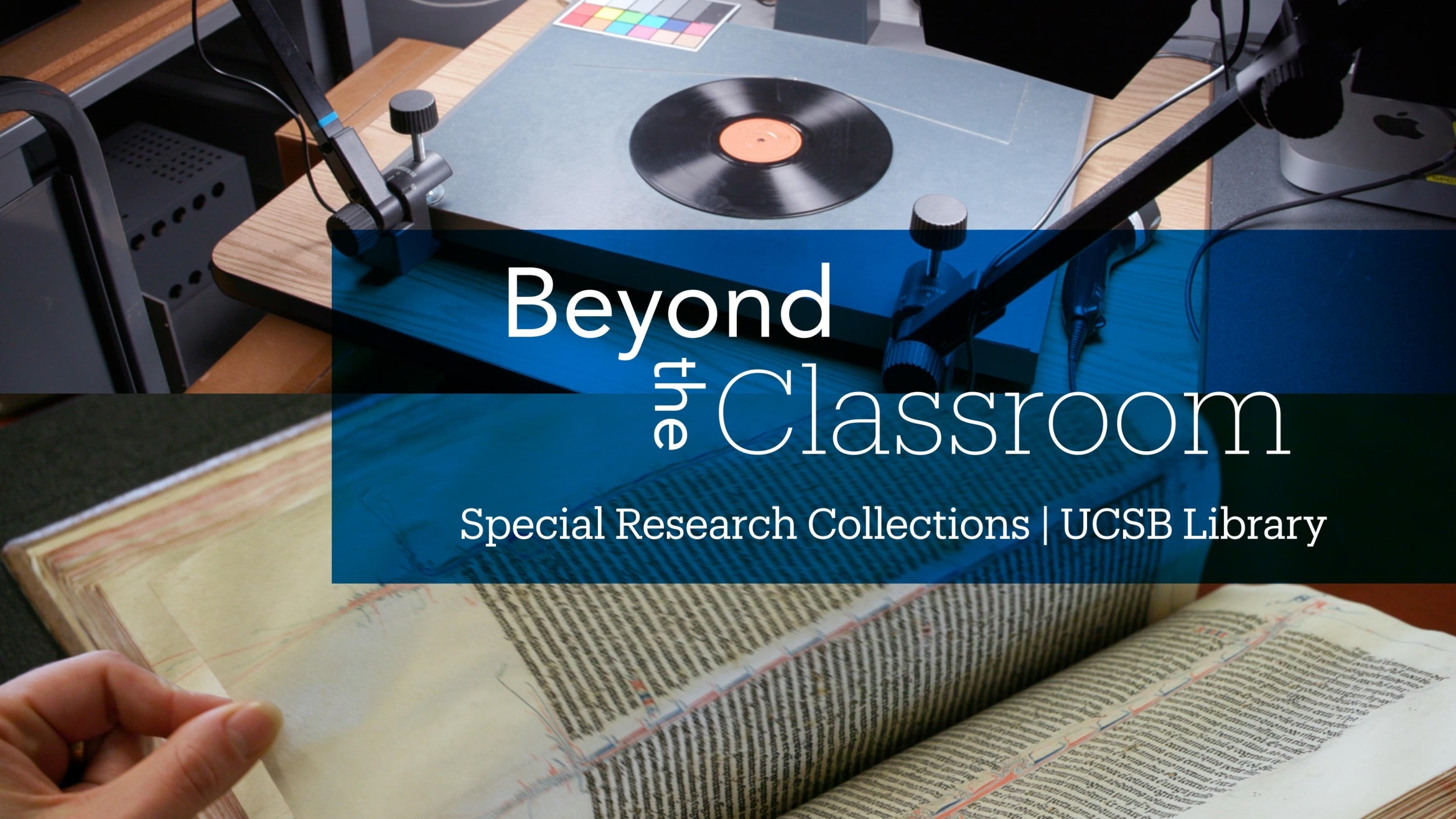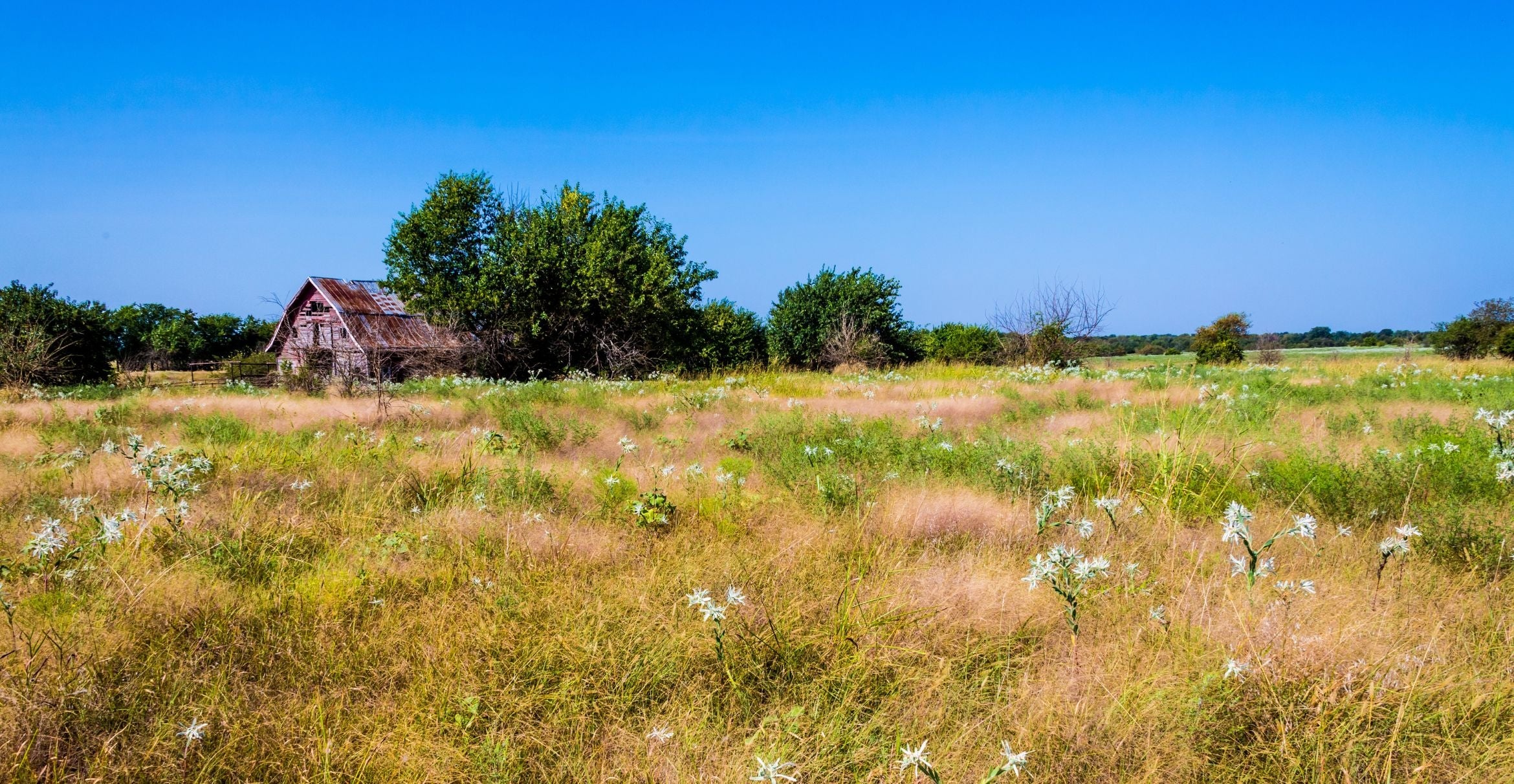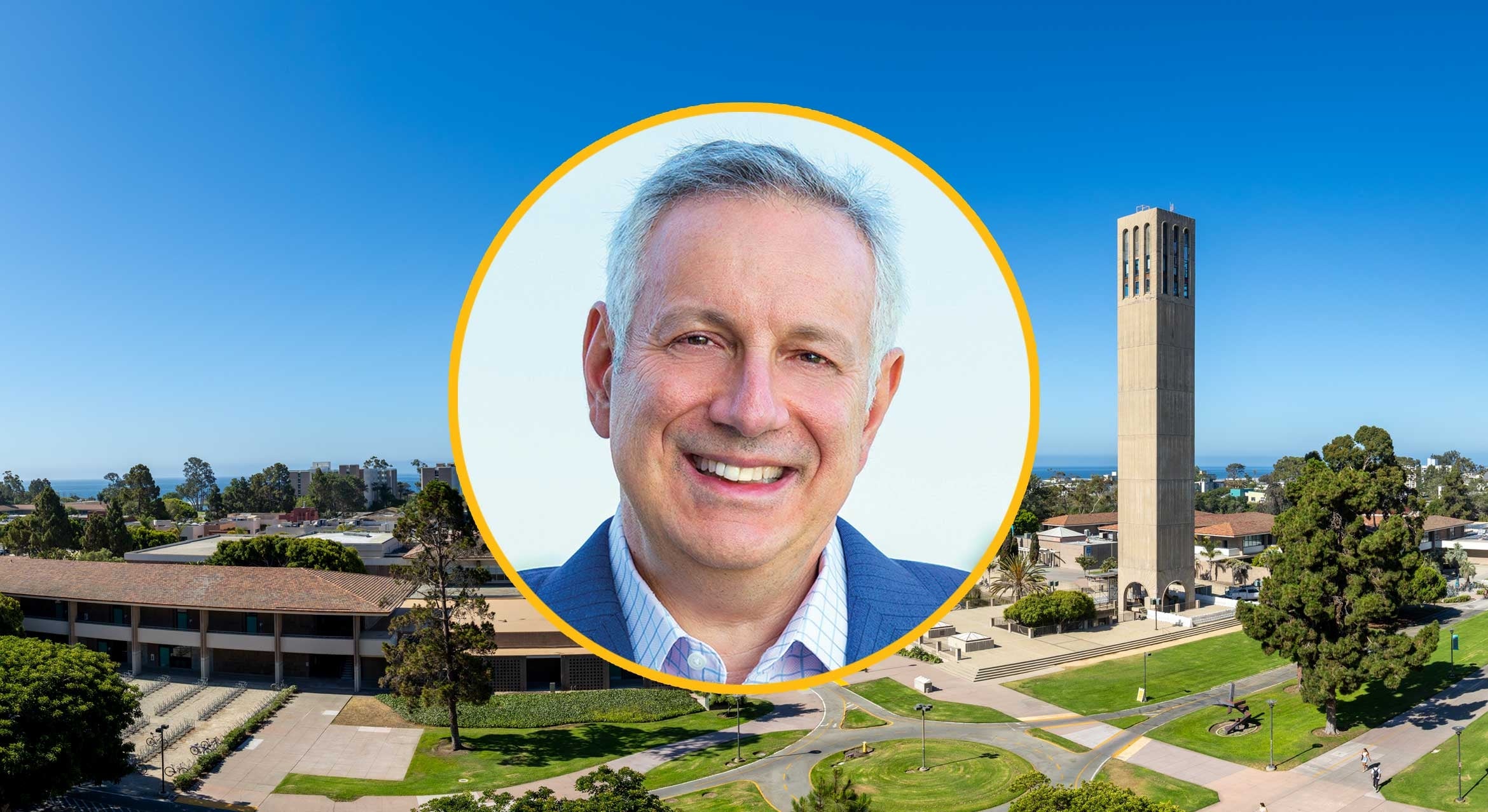Prescribed burn at North Campus Open Space will revive an ancient tradition
Indigenous burning practices will return to coastal Southern California this fall. Members from multiple bands of the Chumash have scheduled a one-day burn at UC Santa Barbara’s North Campus Open Space for September, a time of year when cultural burns were traditionally practiced. The event will take place in conjunction with Santa Barbara County Fire and UCSB’s Cheadle Center for Biodiversity and Ecological Restoration.
The burn will restore traditional practices that enhance the biodiversity of native grasslands and reduce the risk of unintentional fire by reducing dried thatch. It will also educate the community reconnect to the land, plants and wildlife by learning about the long history of indigenous burning and the value of burning as a land management tool in the face of climate change.
Approximately 14 acres of restored native perennial grassland will be burned on a permissive burn day. The burn will be ignited in several small plots, each of which could burn for 20-30 minutes. Staff at the Santa Barbara County Air Pollution Control District have reviewed the Smoke Management Plan and provided conditions to minimize smoke impacts. The burn will be conducted under the most favorable meteorological conditions to direct smoke away from population centers.
The Chumash and other Indigenous Californians used fire regularly as a tool to manage vegetation across the state for many thousands of years, until the Spanish governor banned the practice in 1793. In addition to the sacred relationship that the Chumash have with burning, fire was also used to achieve diverse goals in different landscapes. Burning increases the germination and growth of culturally important plants and animals and reduces the build-up of dry fuels. The practice also enhances access to plant and animal resources such as redmaids, chia, edible bulbs, insects, small mammals and woody stems useful for constructing nets, baskets and animals’ homes.
Cheadle Center staff have planted native bulbs and wildflowers at the North Campus Open Space following the seeding of native purple needle grass in 2017 and 2018. These culturally important and diverse species will be better able to express themselves through bringing back the practice of regular, light fires managed in conjunction with those whose ancestors managed the land successfully for thousands of years. Mowing can reduce the buildup of dried thatch, but a light cultural burn has the potential to eliminate the thatch from invasive grasses, trigger growth by the native bunch grasses, stimulate germination of the native wildflowers and provide an opportunity for local Chumash representatives to re-ignite these practices on the coast of Santa Barbara after a 230-year hiatus.
This burn is planned and coordinated by the Santa Barbara County Santa Barbara County Air Pollution Control District (APCD), San Luis Obispo County APCD, San Joaquin Valley APCD, Ventura County APCD, and the California Air Resources Board in order to minimize impacts on air quality on surrounding communities. The burn depends on weather and air quality conditions favorable to smoke dispersion. If the conditions are not within prescription, the burn will be rescheduled
Shelly Leachman
Editorial Director
(805) 893-2191
sleachman@ucsb.edu



